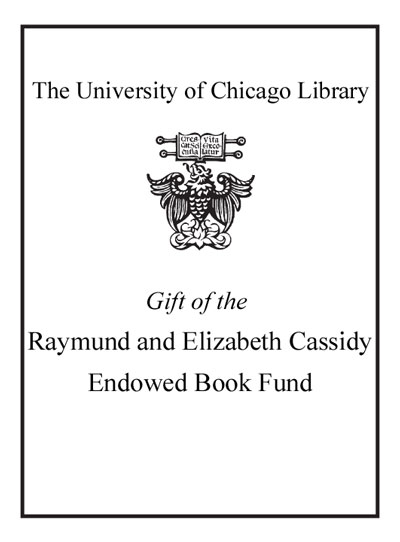Escultura amerindia : historia, mitos, semiótica, estética : Norteamérica, Mesoamérico, Centroamérica, Suramérica : catálogo antológico se han seleccinado 1365 obras /
Saved in:
| Author / Creator: | Sondereguer, César, author. |
|---|---|
| Imprint: | Bs. As. : Corregidor, [2020] ©2020 |
| Description: | 323 pages : illustrations, maps ; 28 cm. |
| Language: | Spanish |
| Series: | [Amerindia arte] Colección Amerindia arte. |
| Subject: | |
| Format: | Map Print Book |
| URL for this record: | http://pi.lib.uchicago.edu/1001/cat/bib/12697121 |
Regenstein, Bookstacks
| Call Number: |
E59.S37 S66 2020
|
|---|---|
| c.1 | Available Loan period: standard loan Scan and Deliver Request for Pickup Need help? - Ask a Librarian |

